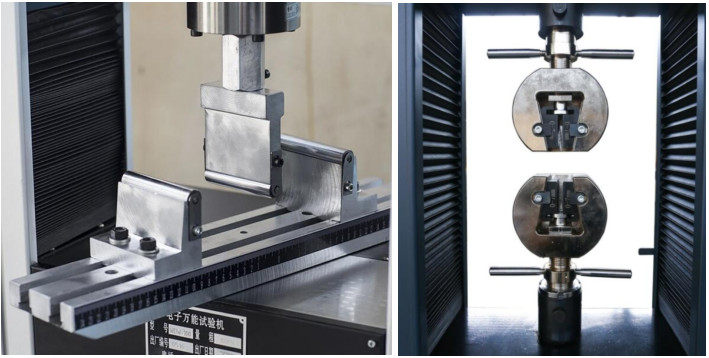- Qinsun Instruments Co., Ltd.
- Tell:+86-21-6780 0179
- Phone:+86-17740808215
- Address:No. 2578 Minhang District Gu Dai Road, Shanghai
- Contact:Mr. Li
- QQ:846490659
Lithography technology for chips

Optical lithography is the process of drawing the structural patterns of large-scale integrated circuit devices on a mask onto a silicon wafer coated with photoresist using the projection method of Guangde irradiation. Through the irradiation of light, the composition of the photoresist undergoes a chemical reaction, thereby generating a circuit diagram. The minimum size that can be obtained by limiting the finished product is directly related to the resolution that can be obtained by the lithography system, and reducing the wavelength of the illumination light source is the most effective way to improve resolution. For this reason, the development of new short wavelength light source lithography machines has always been a research hotspot in various countries. At present, the wavelength of the light source for commercial lithography machines has shifted from the past mercury lamp ultraviolet band to the deep ultraviolet band (DUV), such as molecular lasers for 0.25 micron technology (wavelength 248 nanometers) and excimer lasers for 0.18 micron technology (wavelength 193 nanometers).
Deep exploration of lithography technology for chips
In addition, optimizing process parameters using various wavefront techniques based on the interference characteristics of light is also an important means to improve resolution. These technologies are breakthroughs achieved through in-depth analysis of exposure imaging using electromagnetic theory combined with lithography practice. Among them are phase-shifting masks, off-axis lighting technology, proximity effect correction, etc. By utilizing these technologies, higher resolution lithography patterns can be obtained at the current level of technology. In early 1999, Canon launched the FPA-1000ASI scanning stepper machine, which has a light source of 193 nanometers. By using wavefront technology, it can achieve a photolithography linewidth of 0.13 micrometers on a 300mm silicon wafer.
Lithography technology includes a series of technologies such as lithography machines, masks, and lithography materials, involving multiple research directions such as optics, mechanics, electronics, physics, chemistry, and materials. Currently, scientists are exploring shorter wavelength F2 laser (wavelength 157 nanometers) lithography technology. Due to the large amount of light absorption, obtaining new optical and mask substrate materials for lithography systems is the main difficulty of this band technology. Optical technology is a synthesis of many disciplines, and any breakthrough in any discipline can make a huge contribution to the development of lithography technology.
Deep exploration of lithography technology for chips
Electron beam lithography
Electron beam lithography technology is a key technology for the development of micro technology processing, and it plays an irreplaceable role in the field of nanomanufacturing. Electron beam lithography is mainly used to depict tiny circuit diagrams, which are usually measured in nanomicrounits.
With the vigorous development of nanotechnology and nanoelectronics in China, research on nanofabrication technology is becoming increasingly important, and electron beam lithography technology will be a very important means of nanostructure pattern processing. In order to apply electron beam lithography technology to the processing of nanoscale microstructures and lithography of integrated circuits, several key technical problems must be solved: high precision scanning imaging and low exposure efficiency of electron beam; The proximity effect caused by the scattering and backscattering of electrons in corrosion inhibitors and substrates; Technical issues related to electronic etchants, electron beam exposure, development, and etching in achieving nanoscale processing.





